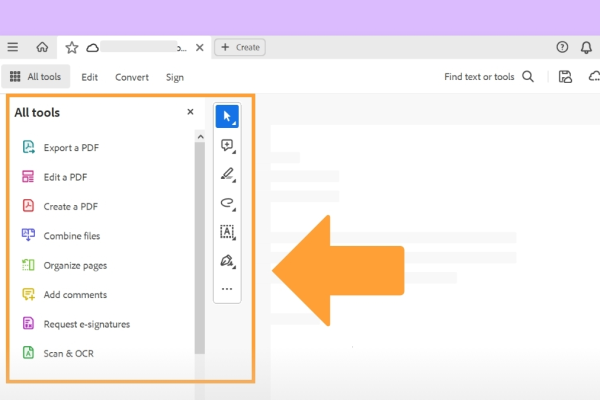Marketing jargon involves numerous abbreviations, so many that it’s easy to get lost. EEAT, SEO, SEM, SSP, DSP, DMP, CPL, CTR, RTB, and so on and so forth – navigating this world may be tricky. We aim to make this a bit less strenuous for you, so in this article, we will focus on three particular abbreviations: SSP, DSP, and DMP. What exactly do they mean and what are the differences between them? Find out below!
SSP, DSP, and DMP Explained
So, to begin with, let’s take a look at each of these separately. What do SSP, DSP, and DMP stand for, and how do these things work?
SSP
SSP means supply-side platform. It is a type of program designed for those who own advertising inventory that they want to sell to marketers.
The principle of SSP is automation – owners of advertising space may post their inventory on such a platform and don’t have to put much more effort into it – their inventory will be automatically auctioned in the process of real-time bidding (RTB). But, for this process to be effective, an SSP must work with a DSP.
DSP
DSP means demand-side platform. It is a type of program designed for marketers who are looking for digital advertising space.
Similarly to SSP, DSP involves automation – marketers input their criteria and budget, and the platform automatically searches for suitable advertising inventory and bids for it. This is why SSP and DSP are closely intertwined – together, they form an automatic system enabling effortless purchase of digital advertising space.
DMP
DMP means data management platform. It’s a kind of software used to build profiles of anonymous users, helps segment the audience to target ads more effectively, and lets marketers store data and statistics on their target audience.
DMP is usually connected either to a DSP or an SSP. In the first case, it enables marketers to tighten their criteria when picking proper ad inventory. In the second case, it’s mostly used to define who is exposed to a particular advertising space, to increase its value, and to let marketers target the right audience segments more efficiently.
SSP, DSP, and DMP – Why Are They All Important?
After reading these definitions, you probably understand why we tackled these three abbreviations in one article – they are too closely connected to discuss them on their own. And, they are extremely significant in the modern digital marketing landscape.
Without SSPs, DSPs, and DMPs, marketers and advertising space owners would need to contact each other directly. This would make the process of purchasing advertising space much longer, more difficult, and strenuous. As a result, ads would appear on the web much later than they should, meaning that acting on trends would be nearly impossible.
The Takeaway
We hope that now you understand what SSP, DSP, and DMP mean and what role they play in digital marketing. While these systems might seem a bit complicated, their job is, in fact, simple: to purchase and sell marketing space quickly and effectively and to target the right audience. It’s difficult to imagine what digital marketing would look like without them…





